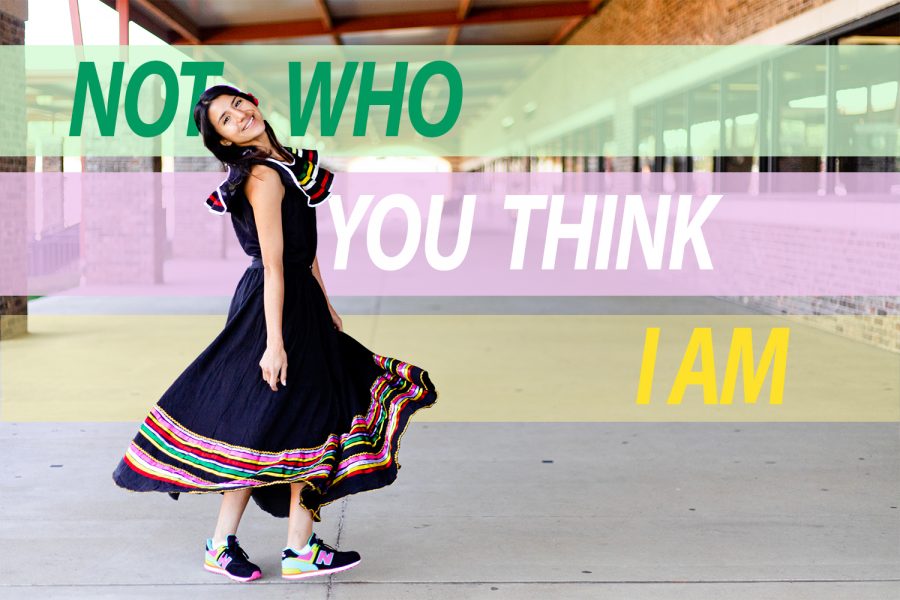I’m not from around here (or there)
How it feels to be a non-Mexican Hispanic in Texarkana
Photo by Caden Rainwater
the word “Hispanic” is often assumed to equal “Mexican.” In reality, though, Spanish-speakers come from a variety of countries. My family is from Colombia, and as a non-Mexican Hispanic living in East Texas, it’s always been hard to identify myself with kids my age.
November 16, 2020
As you walk into your favorite Mexican restaurant, you’re met with vivid decorations of sugar skulls, the sound of a Mariachi band blasting trumpets and the aroma of flautas and street tacos. You take pride in that you’ve embraced another culture and find the Hispanic decorations beautiful and the food delectable. However, you don’t realize that these things are mainly Mexican and don’t define the Hispanic culture as a whole.
Similarly, the word “Hispanic” is often assumed to equal “Mexican.” In reality, though, Spanish-speakers come from a variety of countries. My family is from Colombia, and as a non-Mexican Hispanic living in East Texas, it’s always been hard to identify myself with kids my age.
Those who know I’m Hispanic assume that I know every other Mexican in town. Interestingly, the opposite is true. Nearly all my friends are non-Hispanic, and this has been the case my whole life. At elementary school, as I sat at lunch with my white and Black friends, I would look around and find groups of Mexican students speaking to each other in Spanish. One could imagine the isolation I would feel never having the chance to speak my native language at school.
How is it that I didn’t associate with people who were apparently like me? It stemmed from my parents. They came to Texarkana, having brought no Colombian family or friends, and settled in the midst of a tight-knit community of Mexican families. They all knew each other already because they migrated from the same area in Mexico; this is why it seems like most Mexicans have some sort of relation. The fact that Mexicans and Colombians are very different— the way the language is spoken, the pastimes and the traditions— kept us from being integrated into Texarkana’s Mexican community. Since my parents didn’t have any Hispanic friends, the same went for me. There were no children of family friends to play with, no birthday parties in which to mingle with other Hispanic kids and no cousins to visit on weekends.
Having no previous exposure to my culture, I naturally leaned toward the dominant one in social settings: American culture. I picked up a standard American accent, made friends with white and Black kids and started dressing like them. But no matter how much I was part of a friend group, I couldn’t shake this feeling of detachment. I was different from them, and we all subconsciously knew it. I wasn’t white, and I’d never be white even if I acted and dressed the part. This inherent dissimilarity kept me from ever forming a close friendship as a child.
This seclusion followed me into high school. Let’s paint a scene: it’s lunchtime. I go to sit with a group of Mexican kids, and we talk and joke around. But I talk “white” and act it, too. At the end of the day, everyone gravitates toward their own people; they all trust each other more and they’re all closer. I know I’m an outsider. So I leave and sit with a group of white kids. Same thing, but this time we talk and act the same. Wait! I have tan skin and a hooked nose. We all remember that I’m not white. And just like that, the cycle begins again.
From too many experiences similar to these, I’ve concluded that I’m too Hispanic, but not Hispanic enough. As was the case my whole life, I’m suspended in a cultural limbo.
















